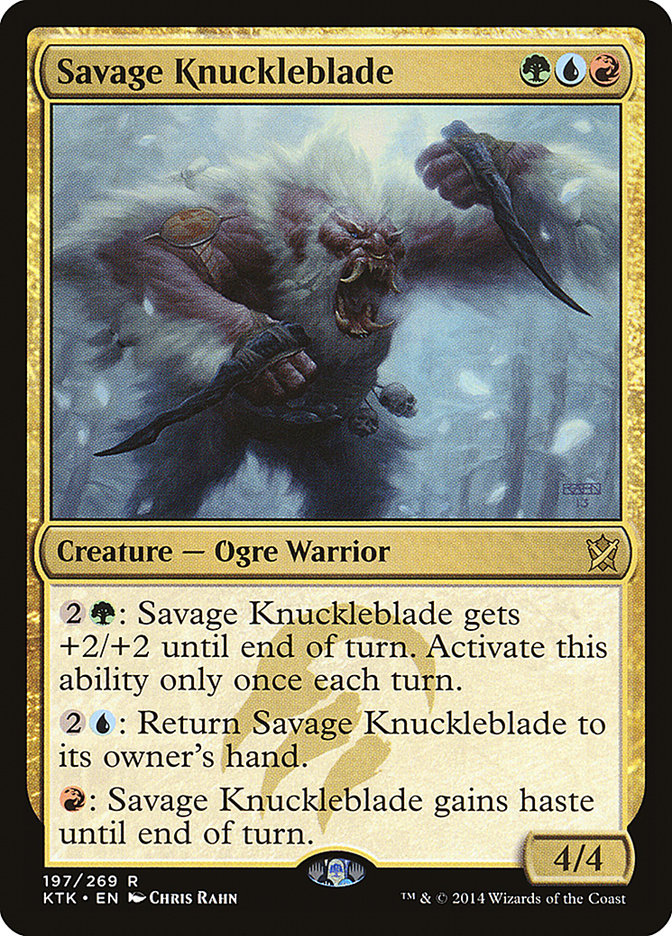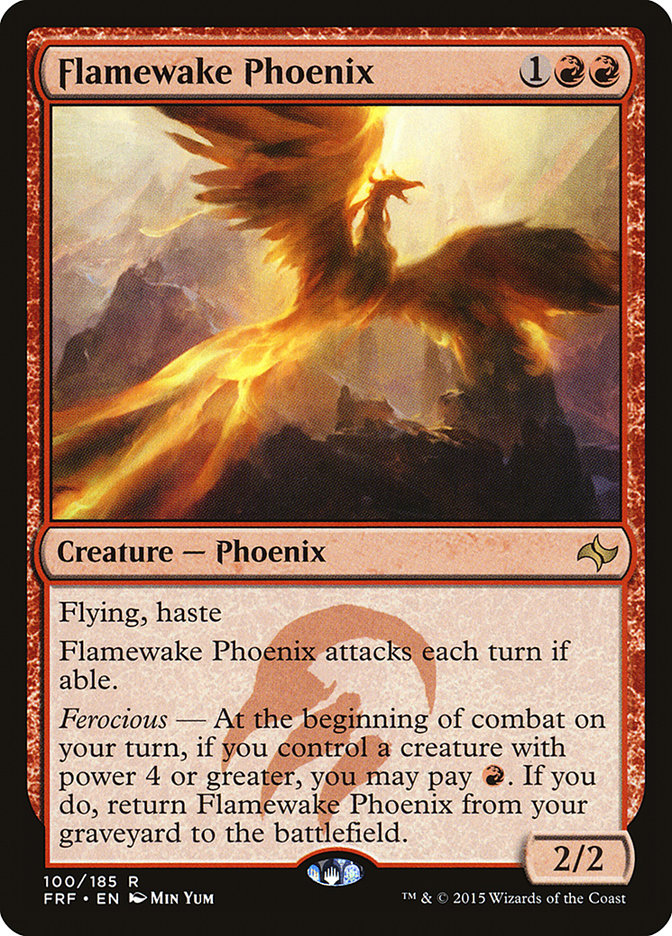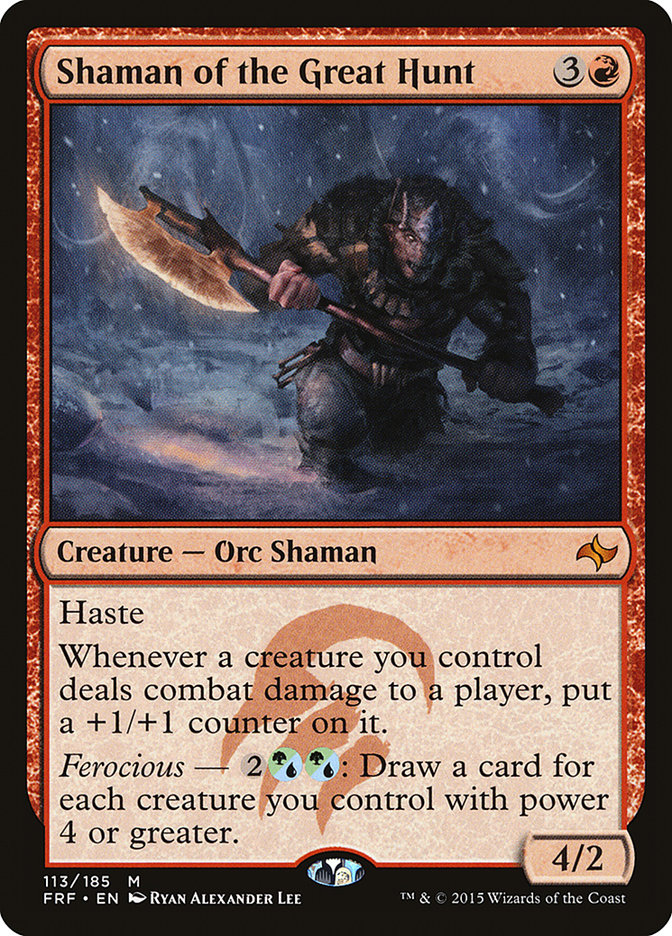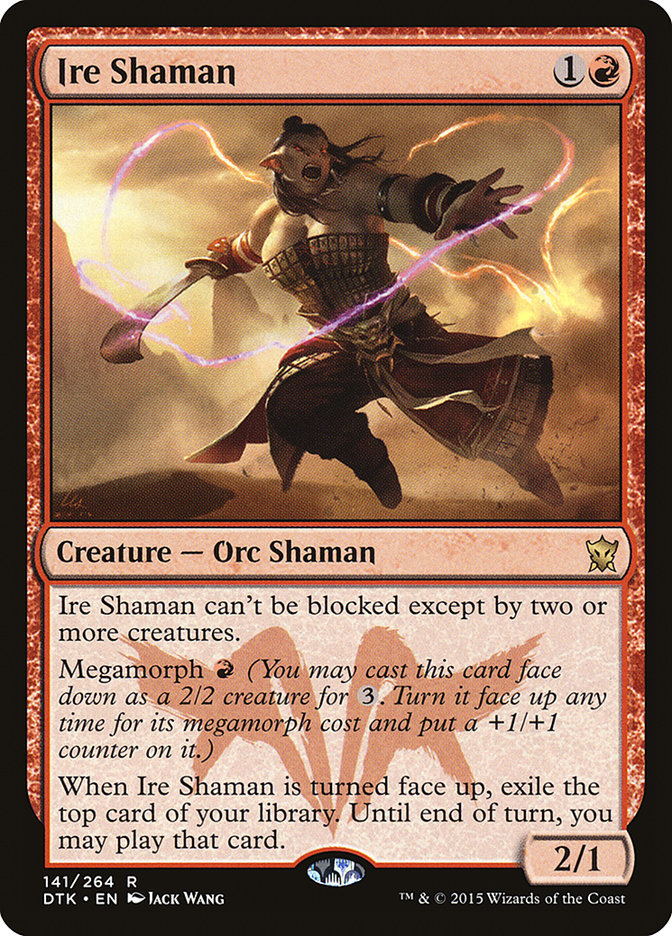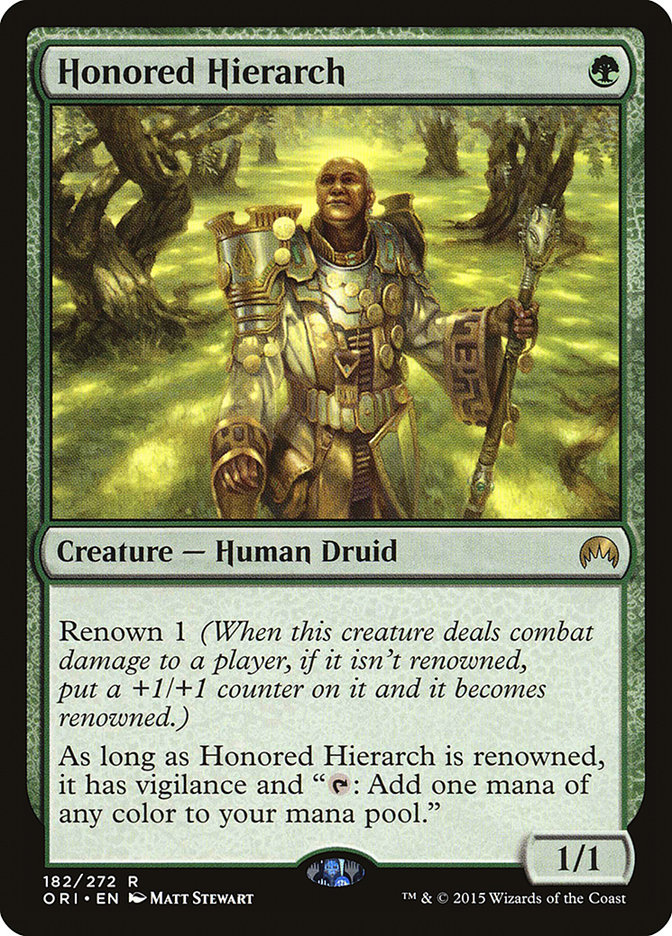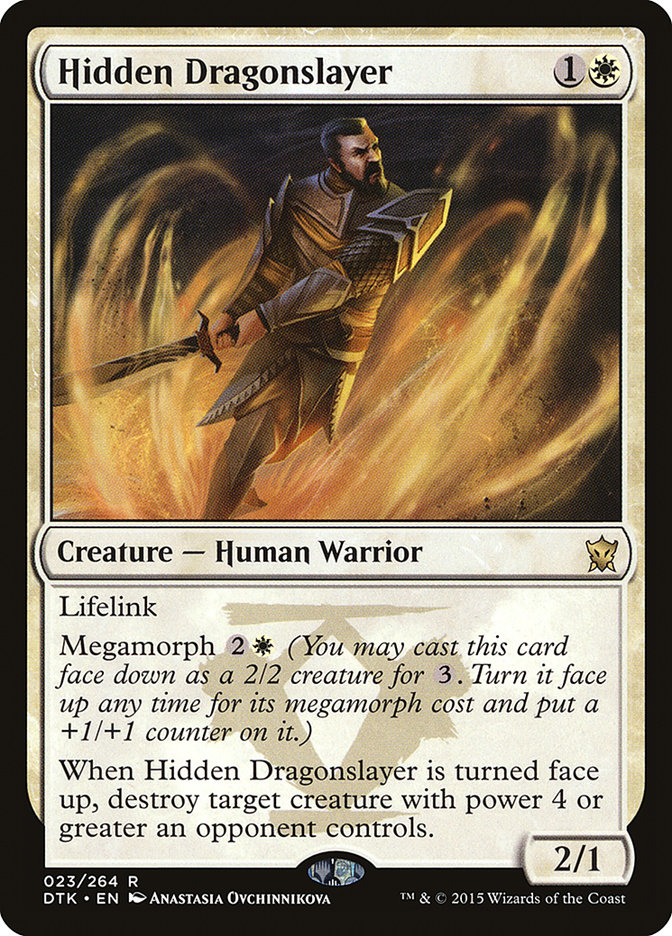Battle for Zendikar
is looking to be a very exciting and promising set. With the major rotation looming, along with the absurdly powerful Standard cards coming in, now’s a
great time to look at the cards that will have a better time fitting in aggressive strategies moving forward.
What Matters Now
Currently, we are filled to the brim with cards that are forcing games to go longer and longer. Cards like Hangarback Walker, Den Protector, Deathmist
Raptor, and Thoughtseize are all dragging games in directions a lot of hyper aggressive decks don’t want to go. The Mono-Red deck plays cards like Abbot of
Keral Keep because it pushes the velocity that Mono-Red already has. Atarka’s Command, combined with a formidable boardstate, cuts the game super short, as
punishment for not being able to handle their wide angles. The focus is to find cards that either further promote the forcing of this kind of situation, or
punish those that don’t have the proper answers in a brand new format. The latter is important because the format is going to be new, and pinpointing what
needs to be focused on is nearly impossible. Everyone will have an idea, but not everyone will know for sure.
The importance of the “week-to-week.”
Week one is the only week that matters.
You’ve probably heard this before, but it’s true.
I don’t think it’s ever right to prepare for a tournament you aren’t playing in under normal circumstances, especially when said tournament is featuring a
brand new Standard format. Does it really matter if a card like Gideon, Ally of Zendikar won’t be very good three weeks after the set comes out if the
tournament you’re playing in is the week of? We have a huge tendency to overreact to things we didn’t expect, while also overreacting to things that don’t
actually matter. I get that we want to do our best to stay ahead of the curve. Who doesn’t? The problem lies when you push too far ahead. Your spicy
jalapeno tech isn’t going to put you much further ahead than just playing a sound, solid, good deck. Find what works and go with it for that weekend. When
that tournament is over, do it all over again next weekend. Rinse. Repeat.
Forget What You Learned
The biggest trap in playing a new format is treating it exactly like the old one. I cannot stress enough how big of a mistake that is. Yes, most of the
cards we have will remain there, but look at the list of staples and major players that will be leaving us:
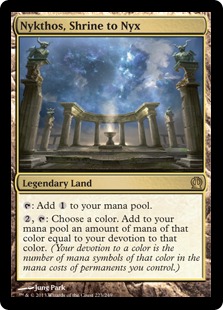
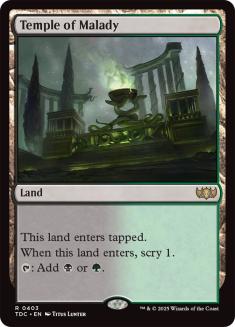
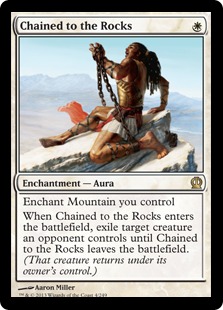
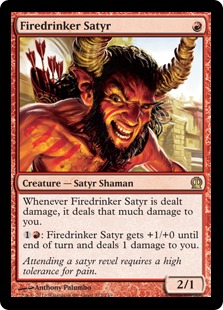
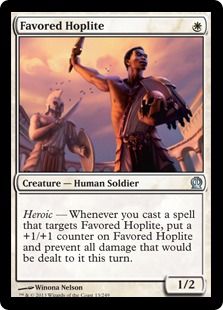
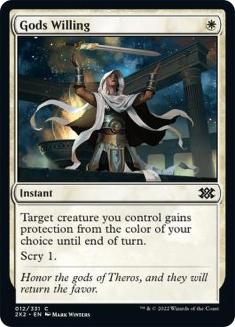

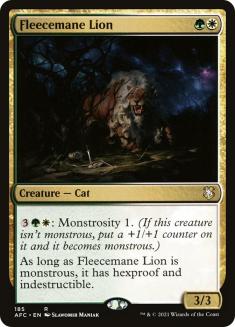
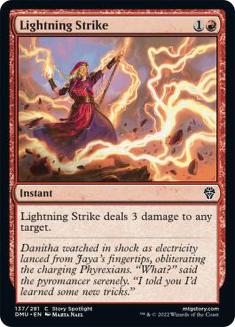
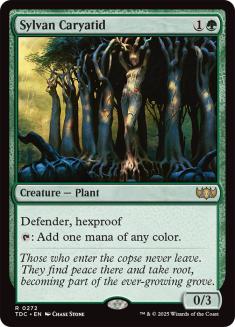
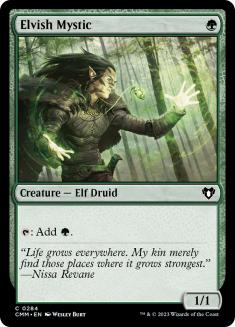
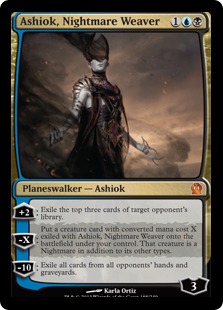
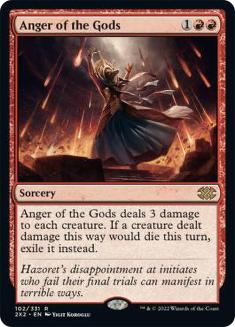
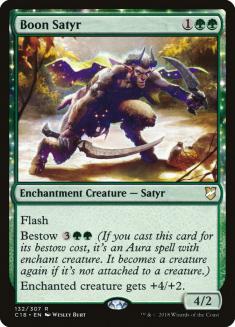
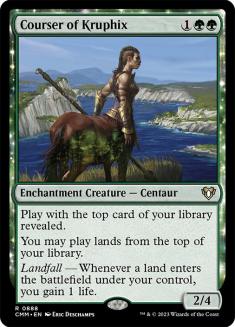
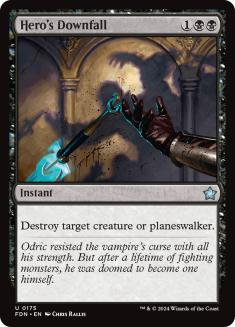
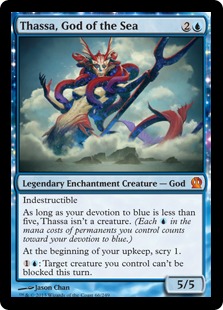
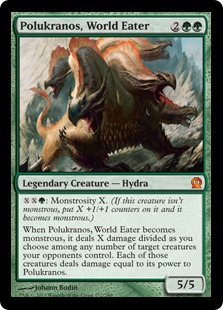
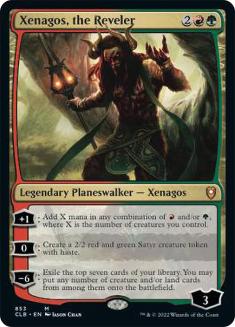
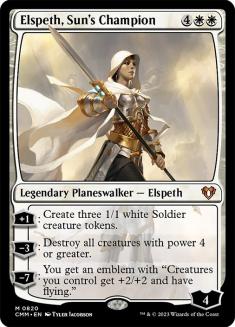
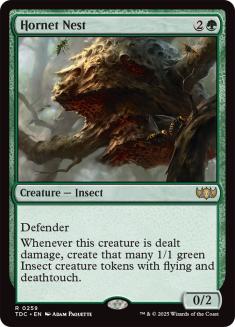
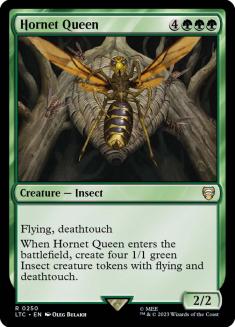
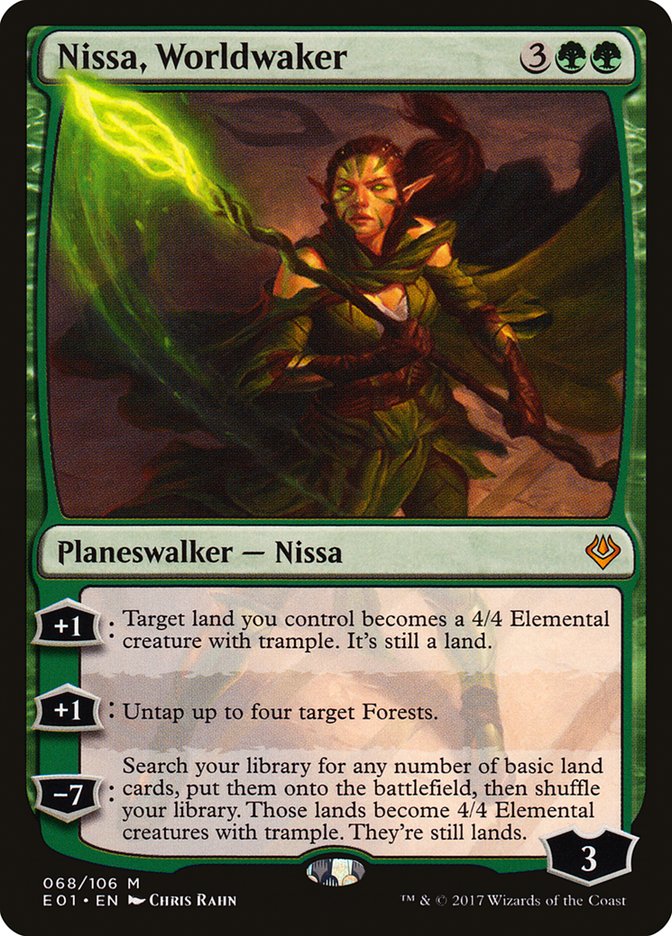
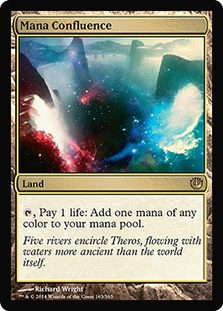
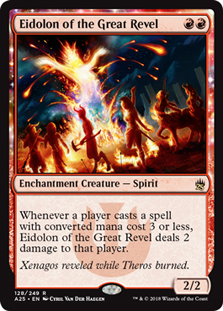
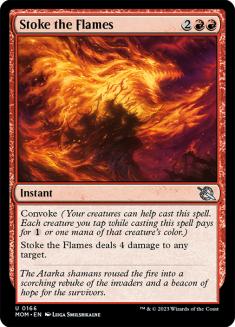

Need I go on?
You simply cannot tell me that the format is going to behave in any similar way without these cards. While it’s fine to adopt previous sub-strategies into
the decks you build and the cards you implement, just saying “Abzan decks will play exactly like they did before,” or “Mono-Red decks go wide with
Hordeling Outburst and Atarka’s Command” is outlandish. Forget everything you know about what the format was. Build decks with the goal of getting a grasp
on what the format will look like and how it’ll behave, adjust accordingly, and make an informed, unbiased decision.
Part of the reason why it’s a good idea to look at the aggressive cards first is because, traditionally, it’s easier to grasp what cards are good at
presenting problems than it is to figure out how to beat everything. I’d much rather be on the attacking end of things than bumbling around trying to kill
everything and hoping I don’t run into something I didn’t prepare for or may have missed. Granted, you can still have this problem with attacking decks,
because there may be an answer that others have figured out that you didn’t, or people may just be prepared for you, but if your attackers are just good,
quality threats, then that problem gets mitigated.
What wound up being one of the major disappointments in Khans of Tarkir may have a new lease on life this time around. Sir Knucks-a-Lot boasts an
outstanding rate, and it isn’t pressured into the strain of Elvish Mystic and Thoughtseize, or the big threats of Stormbreath Dragon or Polukranos. If the
format winds up being big and slow enough, and if Siege Rhino isn’t surrounded by hyper efficient instant speed removal and other hefty threats (which
looks slightly more than likely at this point), then Savage Knuckleblade may be kicking down doors much sooner than we all think. Rattleclaw Mystic looks
to be the premier mana accelerant of the incoming format, and if that’s the case, things get even better for it.
I used to make a lot of fun of this card, touting why we kept trying to make this happen. This current format is much more about taking a ball and running
with it. Flamewake Phoenix wants to thrive in a format that’s taking a ball and throwing it as straight as possible. Linearity is the name of its game, and
it’s very difficult to do that when the linearity is constantly being broken up by discard, cheap interaction, and huge backswings. The big question is how
much of the surrounding cards further promote what Flamewake Phoenix is trying to do. Abbot of Keral Keep is the big question mark relative to this, as it
doesn’t want to be linear at all. Both cards can push tempo pretty well though, so it’s possible that they could get along, but how much would Flamewake
Phoenix benefit from the next card?
It hits hard and fast, and is kind of efficient at drawing cards, but it always traded down with other, more efficient creatures. A pretty good chunk of
those creatures are leaving, so again, the big question mark is Siege Rhino. Red has the tools to beat specifically Rhino, so it’s a bit easier for the
Shaman to use whatever momentum it gained beforehand to push things out of control. Wild Slash is still an important tool, especially since Lightning
Strike is eerily absent, but the element of uncertainty, as previously exclaimed, could be what pushes it into maindecks week one. Having a ton of haste
creatures in general is always a good start, and Shaman promotes that.
The rate on Ire Shaman is pretty solid on both ends. It’s difficult to block, especially when other pressure is applied. It’s pretty easy to slot right
into streamlined, tempo-based red decks. Again, Abbot of Keral Keep is the card that wants to play with Ire Shaman, and this one-two punch can promote an
even bigger red deck, perhaps featuring Thunderbreak Regent to complement Flamewake Phoenix. If you’re playing a bigger red deck, then you’re going to want
more lands. If you want more lands, then keeping an eye out for landfall cards is strongly encouraged (though only one has been spoiled for red at the time
of this writing). Things come together seemingly easily, but the cards need to be there for red, as there are still a ton of holes that need to be filled
in.
The vastly controversial pseudo mana accelerant is probably going to fill that void if there isn’t anything else in that spot. It’s not going to be the
most reliable, so the decks that would want to play it would have some real work to do in the two-drop spot since it doesn’t come completely online until
turn 3. This creates a big deckbuilding problem. You don’t want that many threes since you’re trying to skip that turn, but too many fours and you wind up
with clunky draws. Focusing on a lot of twos lets Honored Hierarch attack when it isn’t being used for mana, which further alleviates the pressure on
having a lot of fours. Mana Confluence isn’t here to bail us out anymore, and the Battle lands don’t exactly play nicely with Honored Hierarch either. If
someone does figure it out, however, then the payoff is going to be massive.
With Eldrazi rearing their ugly heads again, a card like Hidden Dragonslayer will be pretty crucial to the success of smaller decks that need to keep them
at bay. Lifelink is also relevant against red decks, and Searing Blood isn’t here to throw a wrench in that plan, so there’s a chance, if the format lines
up that way, that this could be maindeckable.
The big question for me is this: Will Battle for Zendikar make things slow or fast for Standard? It’s easy to see how things will be a bit slower
and less consistent, as Temples aren’t around anymore, and fetching for Battle lands combined with the awesome creature-lands will be the focus of the
first week. We’ve seen this sort of thing happen before, where the powerful and streamlined cards will punish players for doing too much. My eyes are on
the red cards along with the planeswalkers. It’s too early to say exactly what the planeswalkers’ impact will be, but they all look very powerful.
Or do they?

